Tran Yen is the district with the largest mulberry growing area in Yen Bai province with nearly 1,000 hectares. To develop mulberry trees and silk processing, Tran Yen district focuses on implementing many synchronous solutions; in which, applying science and technology and linking production according to the value chain are key factors to increase economic value.
In late April, walking along the Red River through Thanh Thinh and Bao Dap communes, Tran Yen district, everywhere you see green mulberry fields winding along the river.
The family of Ms. Nguyen Thi Phuong, Dong Trang village, Bao Dap commune, planted 18 sao of mulberry (6,480 m2) to provide leaves for silkworm farming. Previously, her family raised silkworms using the old method, which took a lot of time and had low yields. However, since 2021, Ms. Phuong has applied science and technology in intensive mulberry cultivation, raising silkworms on sliding trays and using square wooden baskets, which has helped her family reduce labor, reduce the number of double cocoons and sell at high prices.
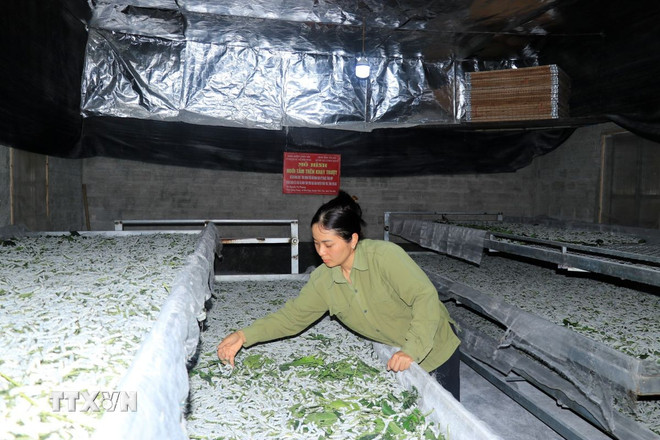
Ms. Phuong shared that previously, silkworms were raised mainly on the floor, which took up a lot of space, required a lot of labor, and caused many diseases. Each year, she only earned about 60-70 million VND. Currently, applying sliding trays helps her reduce labor, reduce diseases, and increase cocoon productivity, increasing the silkworm cycle. A batch of silkworms used to only raise about 70 kg, but now it has increased to 140 kg. Income has doubled, about 150 million VND.
Similarly, with an area of 7 sao (2,520 m2) of riverside land, Mr. Nguyen Duc Minh, Lan Dinh village, Thanh Thinh commune, invested in planting new mulberry varieties and hybrid mulberry varieties to provide leaves for silkworm farming. Mr. Minh shared that he has been involved in the mulberry farming and silkworm farming profession for 10 years. Previously, he planted corn and rice but it did not bring economic efficiency. Since planting mulberry and raising silkworms, his income has increased many times, and his family's economy has developed stably. Thanks to the source of fresh mulberry, he and his wife have an average income of nearly 100 million VND per year.
According to the locals, raising silkworms in the old way requires people to go through all the stages from incubating the eggs until the silkworms grow and collect the cocoons within 21 days. With this method of raising, every 1-2 hours, the silkworms are cleaned and moved to another tray; every 3 hours, the silkworms are fed. Just picking mulberry leaves alone takes nearly 2-3 hours of labor to feed the silkworms. Being so busy and hurried, in the beginning, the silkworm farming profession had no prospects.
Ms. Hoang Thi Anh Tuyet - Deputy Director of the Center for Agricultural Development Support and Services in Tran Yen district said that in 2021, the Center started implementing a scientific project on the application of comprehensive technical measures for growing mulberry and raising silkworms in the district. In caring for mulberry trees, the center guides people to use IMO organic microbial fertilizer to fertilize the trees, helping mulberry leaves grow large and thick, reduce pests and diseases, and improve loose soil.
At the same time, the center applies techniques in silkworm breeding such as using new technical breeds, applying 2-stage silkworm breeding and applying large silkworm breeding on sliding trays. This model saves 30% of the area for silkworm house construction, reduces the labor of caring for and raising silkworms, and adjusts the microclimate in the silkworm house such as: limiting the humid conditions in the spring crop, and watering the ground when the weather is hot. Thanks to that, people are increasingly attached to the profession of growing mulberry and raising silkworms.
Since the application of science and technology to the 2-stage silkworm farming model, including concentrated silkworm farming and large silkworm farming, has brought high economic efficiency. Ms. Nguyen Thi Hong Le, Thanh Thinh commune, Tran Yen district said that in the past, when there were no silkworm farms, raising silkworms in both stages (raising silkworms from eggs to collecting cocoons) caused many silkworm farming households to lose money. Because raising silkworms is very difficult, if not specialized, and if the technique is not correct, silkworms can easily get sick and the whole batch of silkworms will be ruined.
Thanks to the techniques and secrets of raising silkworms from age 1 to age 3, Ms. Le has specialized in supplying large silkworm raising households from age 4 so that they can raise the silkworms for a few more weeks until they are mature and can grow. In particular, the use of disinfectants, heaters, and air conditioners to adjust the temperature and humidity has helped to increase the survival rate of silkworms. Each year, her family sells 400 silkworm rings, supplying them to people in and outside the province. Raising silkworms brings in nearly 1 billion VND in income for the family.
Tran Yen is the locality with the largest mulberry area in Yen Bai province with more than 1,750 silkworm raising households, the average product value reaches 300 million VND/ha. The whole district currently has 25 concentrated silkworm raising facilities and 1,600 large silkworm raising households; there are 15 cooperatives, over 100 cooperative groups with more than 1,100 members. In addition, 12 cooperatives have been established in the area to provide purchasing and supply services to Yen Bai Silk Joint Stock Company according to the chain linkage method to process silkworm cocoons and silk reeling products.
According to Head of the Department of Agriculture and Environment of Tran Yen district Trieu Thi Bich Lieu, in 2025, the district will continue to maintain and develop specialized raw material areas for key products and specialties associated with value chains; in which, the district strives to plant 100 hectares of new mulberry, renovate 50 hectares of mulberry, bringing the total mulberry area of the district to over 1,150 hectares, and silkworm cocoon output to 1,900 tons.
To achieve this goal, the staff office consulted with the District People's Committee to adjust the planning of land for mulberry cultivation and silkworm raising, creating concentrated and large-scale mulberry growing areas. Selecting mulberry varieties with high productivity and yield for planting; selecting suitable silkworm varieties, improving the quality of silkworm raising, especially concentrated silkworm raising to create high efficiency.
Up to now, many solutions to support units and enterprises have been implemented to promote the effectiveness of the value chain in mulberry cultivation, silkworm breeding, silkworm cocoon processing, and silk reeling such as: linking cooperatives in mulberry cultivation and silkworm breeding; supplying good silkworm breeds; purchasing silkworm cocoons; sharing experiences for households new to mulberry cultivation and silkworm breeding according to the value chain.
For example, Yen Bai Silk Joint Stock Company purchases cocoons at stable prices, assigns staff to directly guide and provide technical support to cooperatives and mulberry growers to improve cocoon output and quality to meet the factory's requirements; and pays people promptly and fully for selling cocoons.../.
Source: https://www.vietnamplus.vn/ap-dung-khoa-hoc-ky-thuat-giup-gia-tang-gap-doi-gia-tri-trong-dau-nuoi-tam-post1035327.vnp


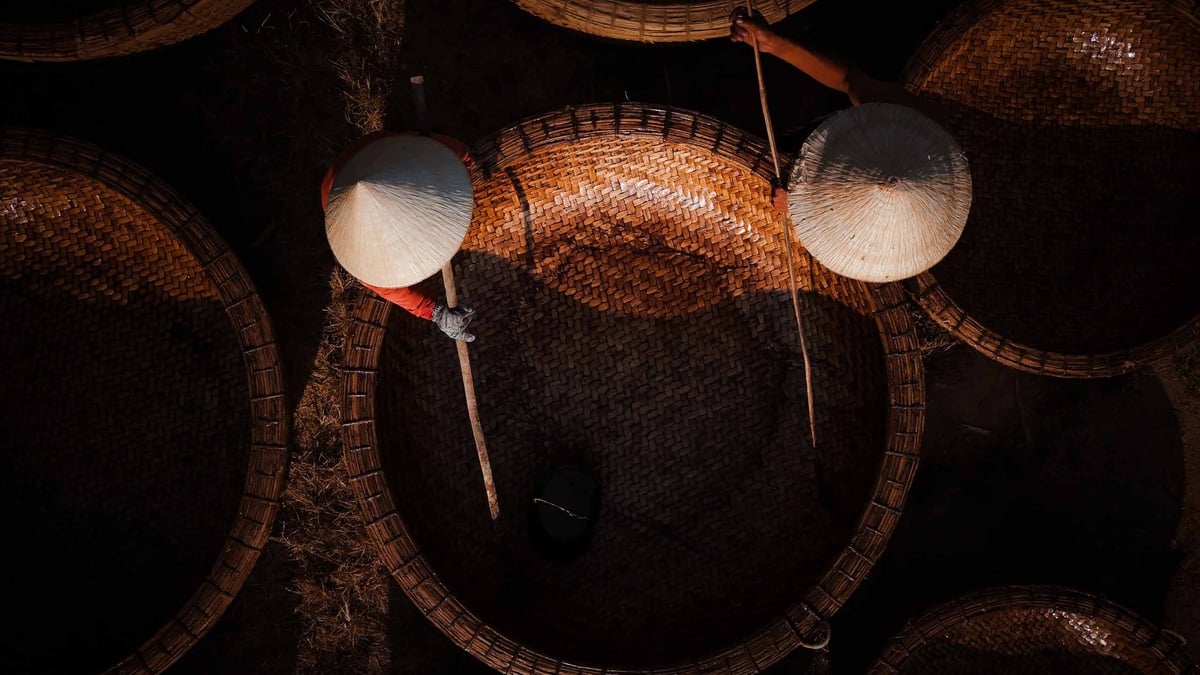
![[Photo] Prime Minister Pham Minh Chinh receives delegation from the US-China Economic and Security Review Commission of the US Congress](https://vphoto.vietnam.vn/thumb/1200x675/vietnam/resource/IMAGE/2025/5/7/ff6eff0ccbbd4b1796724cb05110feb0)
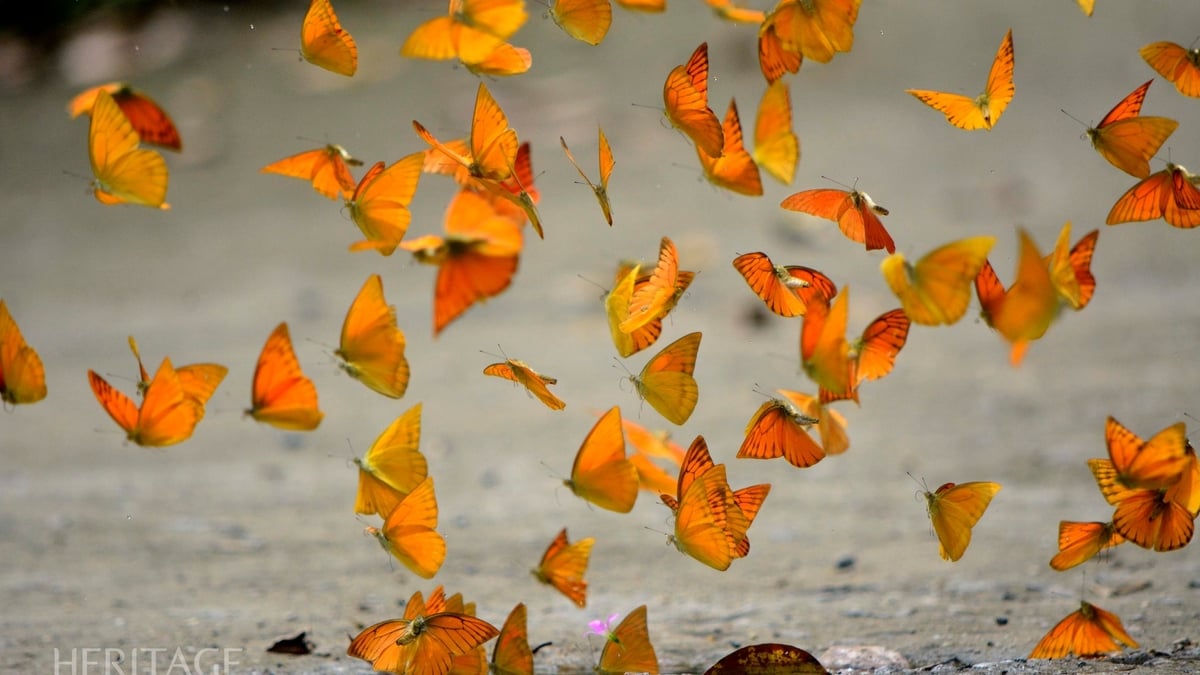




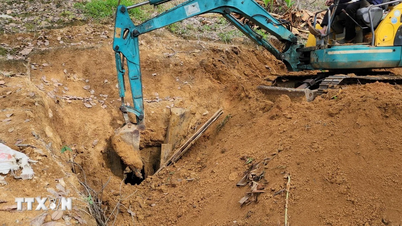

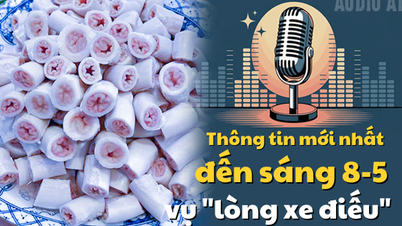









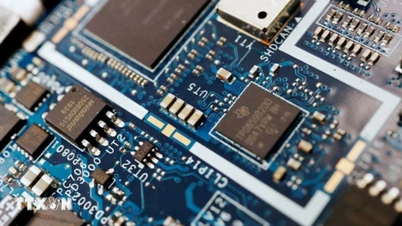






















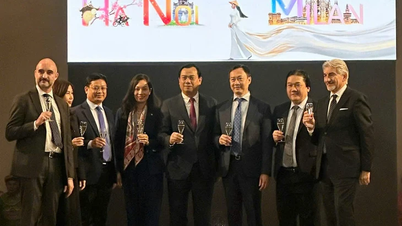








![[Photo] Prime Minister Pham Minh Chinh talks on the phone with Singaporean Prime Minister Lawrence Wong](https://vphoto.vietnam.vn/thumb/402x226/vietnam/resource/IMAGE/2025/5/8/e2eab082d9bc4fc4a360b28fa0ab94de)







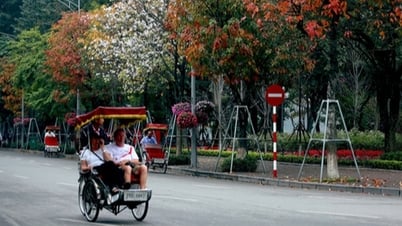


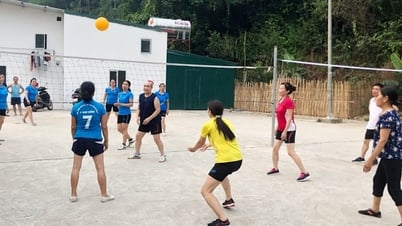




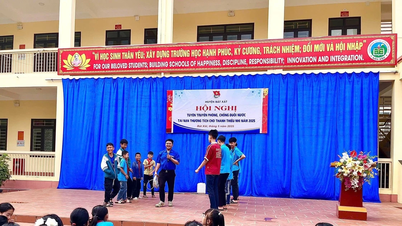




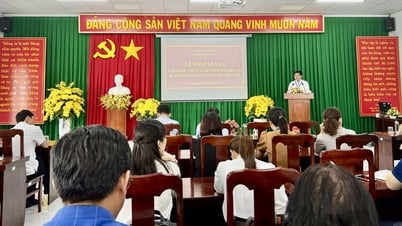




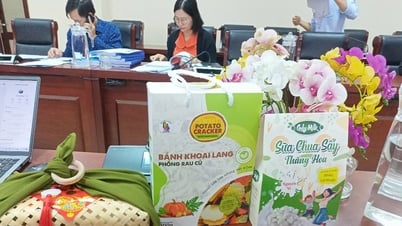




Comment (0)